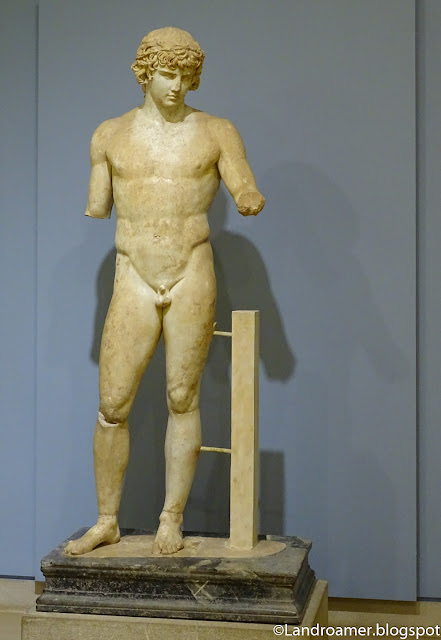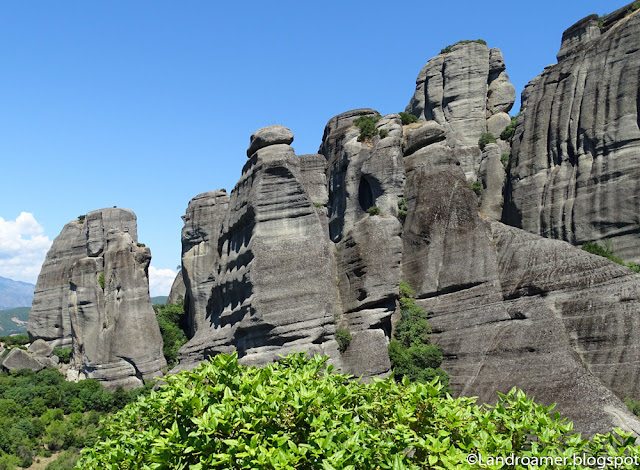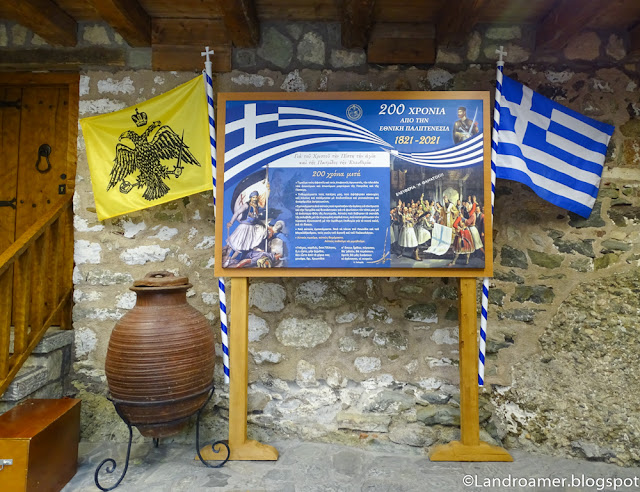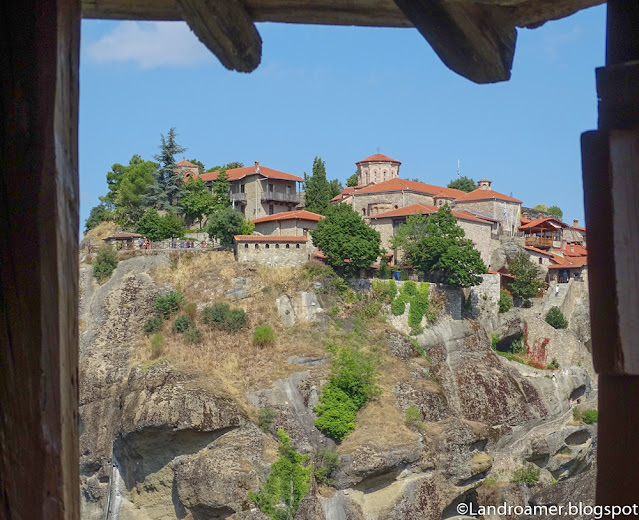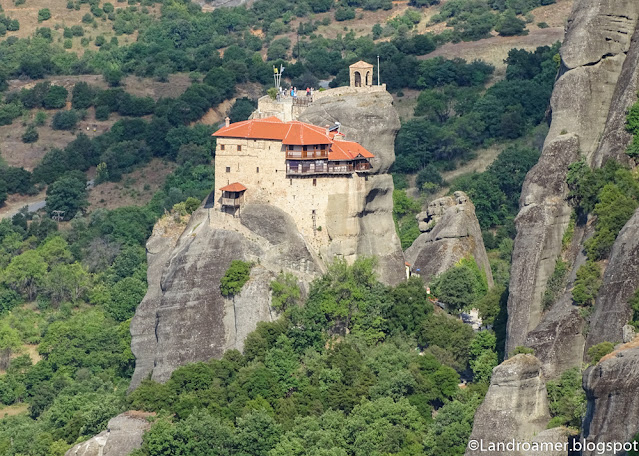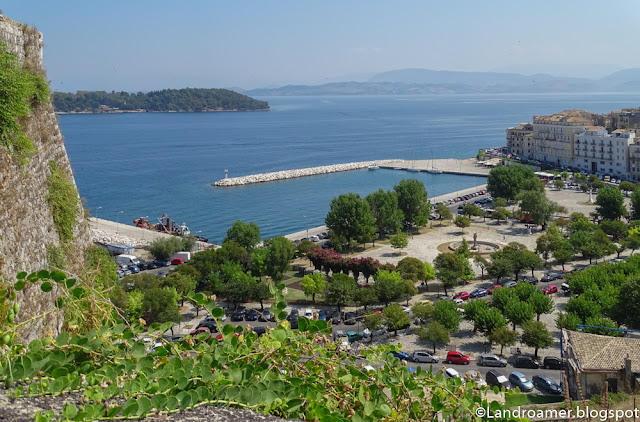1/ Delphi
Delphi was a sacred precinct that served as the seat of Pythia, the major oracle who was consulted about important decisions throughout the ancient classical world. The oracle was international in character and also fostered sentiments of Greek nationality, even though the nation of Greece was centuries away from realization. The ancient Greeks considered the centre of the world to be in Delphi, marked by the stone monument known as the omphalos (navel). According to the Suda, Delphi took its name from the Delphyne, the she-serpent (drakaina) who lived there and was killed by the god Apollo (in other accounts the serpent was the male serpent (drakon) Python).
The sacred precinct occupies a delineated region on the south-western slope of Mount Parnassus. It is now an extensive archaeological site, and since 1938 a part of Parnassos National Park. Adjacent to the sacred precinct is a small modern town of the same name. The precinct is recognized by UNESCO as a World Heritage Site in having had a great influence in the ancient world, as evidenced by the various monuments built there by most of the important ancient Greek city-states, demonstrating their fundamental Hellenic unity.
Delphi Archaeological museum is one of the principal museums of Greece and one of the most visited. Founded in 1903, it has been rearranged several times and houses the discoveries made at the Panhellenic sanctuary of Delphi, which date from the Late Helladic (Mycenean) period to the early Byzantine era.
The Meteora is a rock formation in central Greece hosting one of the largest and most precipitously built complexes of Eastern Orthodox monasteries, second in importance only to Mount Athos. The six (of an original twenty four) monasteries are built on immense natural pillars and hill-like rounded boulders that dominate the local area. The rock formations have always been a site of worship for the ancient people of the area, however between the 13th and 14th century the twenty four monasteries were established atop the rocks. Meteora is located near the town of Kalabaka.
Meteora is included on the UNESCO World Heritage List.
It is FORBIDDEN to take pictures inside the various monasteries.
... There are beautiful old paintings and iconography.
3/ Corfu
Corfu (or Kerkyra) is a Greek island located in the Ionian Sea. The island is bound up with the history of Greece from the beginnings of Greek mythology, and is marked by numerous battles and conquests. Ancient Korkyra took part in the Battle of Sybota which was a catalyst for the Peloponnesian War, and, according to Thucydides, the largest naval battle between Greek city states until that time. Thucydides also reports that Korkyra was one of the three great naval powers of fifth century BC Greece, along with Athens and Corinth.
Medieval castles punctuating strategic locations across the island are a legacy of struggles in the Middle Ages against invasions by pirates and the Ottomans. Two of these castles enclose its capital, which is the only city in Greece to be surrounded in such a way.
From medieval times and into the 17th century, the island successfully repulsed the Ottomans during several sieges, was recognised as a bulwark of the European States against the Ottoman Empire and became one of the most fortified places in Europe.[7] The fortifications of the island were used by the Venetians to defend against Ottoman intrusion into the Adriatic. Corfu eventually fell under British rule following the Napoleonic Wars, and was eventually ceded to Greece by the British government along with the remaining islands of the United States of the Ionian Islands. Unification with modern Greece was concluded in 1864 under the Treaty of London.
In 2007, the city's old town was added to the UNESCO World Heritage List.
Achilleion is a palace built in Gastouri for the Empress Elisabeth of Austria, also known as Sisi, after a suggestion by the Austrian consul Alexander von Warsberg. Elisabeth was deeply saddened by the tragic loss of her only son, Crown Prince Rudolf of Austria following the Mayerling incident in 1889, and a year later she had this summer palace built as a refuge.
The architectural style was designed to suggest an ancient palace of mythical Phaeacia.[4] The motif centers on the hero Achilles of Greek mythology, from which the name is derived. Corfu was Elisabeth's favourite vacation destination and she wanted a palace to gratify her admiration for Greece, its language and its culture.
Taking the ferry back to Greece mainland and to Italy
And... back home after 3 months!
Continue to discover more about Greece :
- For lovers of archeological sites... i.e."old stones" is here - On the road and in town, drink and food, campsites is here


























